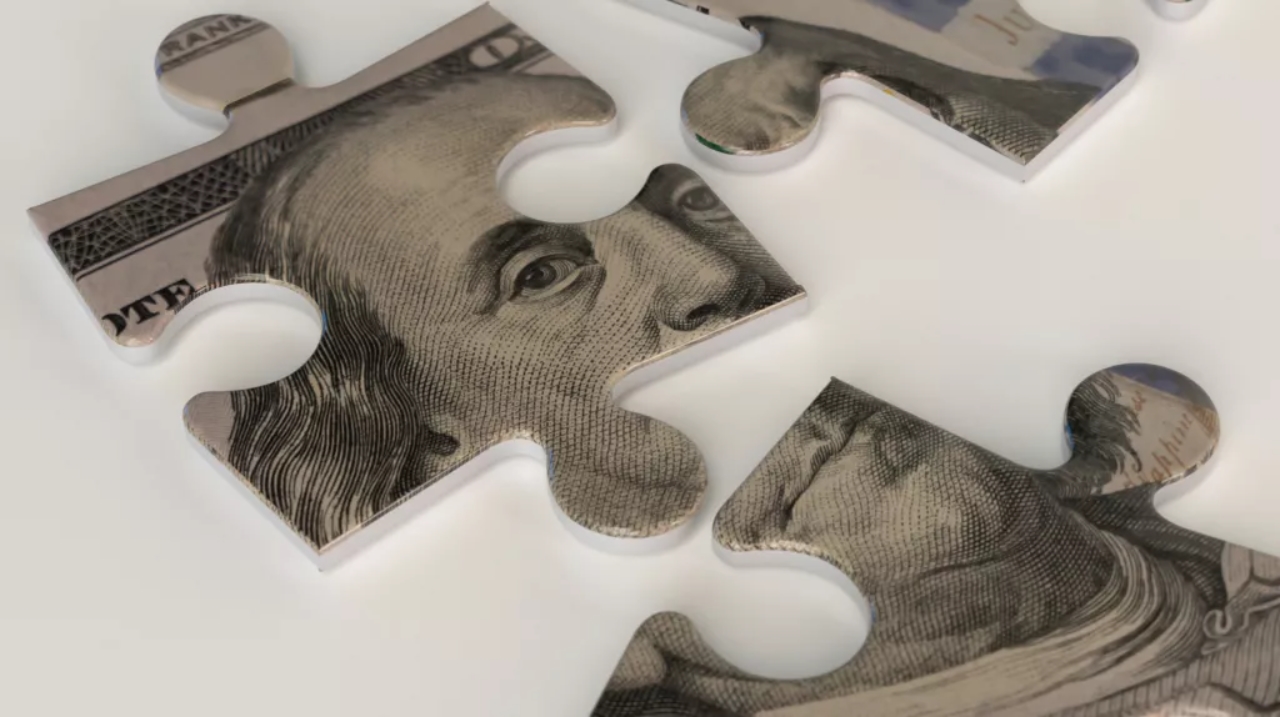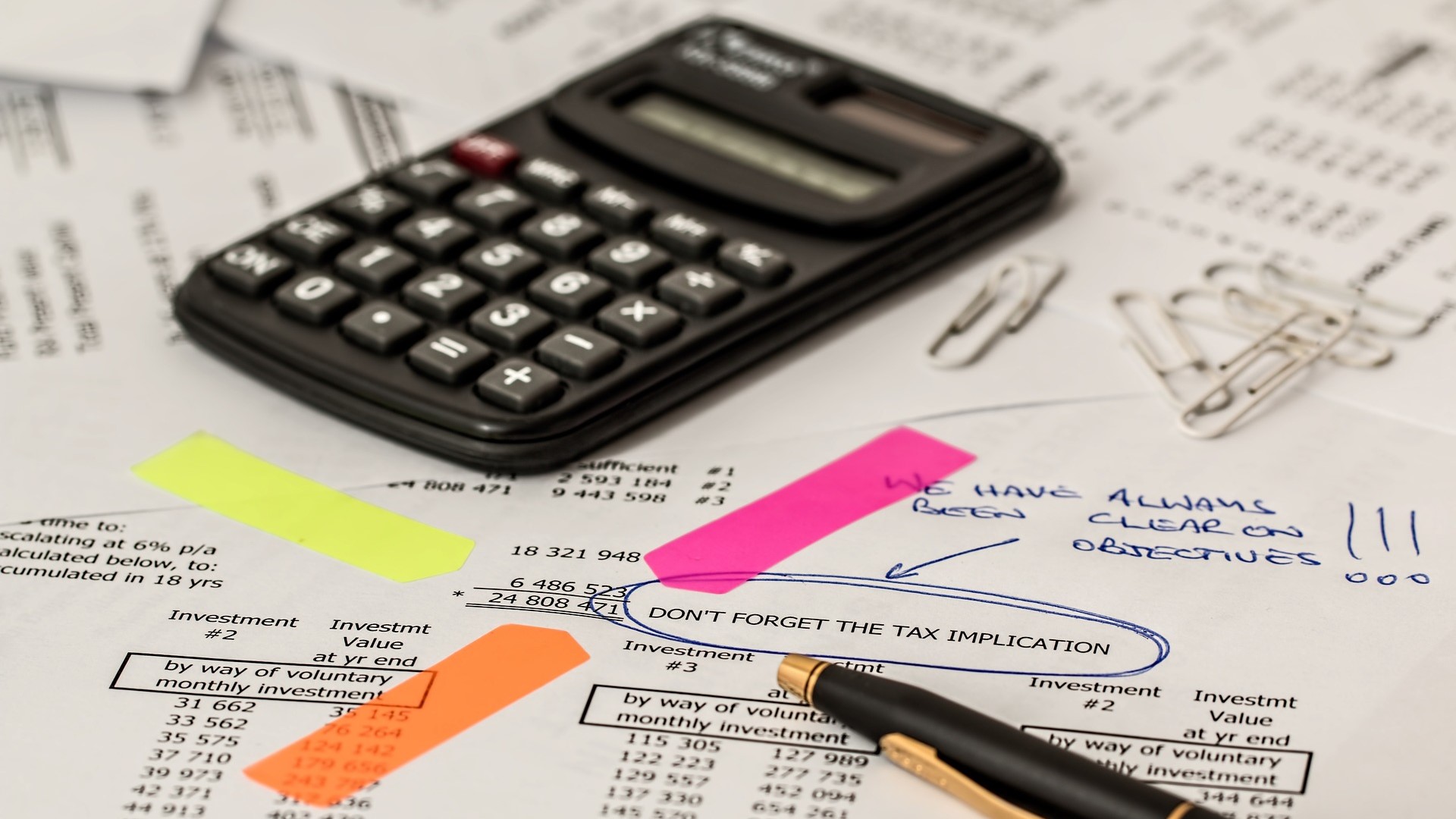6 reasons why your coronavirus stimulus payment might be less than you thought and how to check if it's correct
Tax return confusion and ineligible children among the common reasons for lower stimulus payments.

Editor's Note: We're living in unprecedented times; coronavirus has impacted us all. At Live Science, we're doing our best to cover the science behind the pandemic and keep you up to date with clear and accurate information based on data. While we don't often venture into business or economics, we believe this information about the stimulus check is worth reporting on, so we've asked our friends at Top Ten Reviews for this piece about what you need to do to get it and whether it's enough to keep you going.
Around 130 million Americans have now received their coronavirus stimulus payment, and more checks are on the way. However, for some, the anticipation has turned to confusion, and maybe even anger, after the amount they received was less than they were expecting. At a time when the incomes of millions of Americans are under unprecedented pressure, many would have earmarked the stimulus payment as a means to pay for groceries and other everyday bills, in preference to turning to credit cards and personal loans.
Responding to the inevitable questions, the IRS has issued guidance aimed at explaining why some people are receiving a different payment than what they had anticipated. The highest amount that individuals could expect to receive was $1,200, or $2,400 for joint filers, with parents also eligible for a further $500 for each qualifying child ages 16 or younger.
On a general level, explanations as to how to claim the coronavirus stimulus payment reveal that payment amounts will vary based on income, filing status and family size. The latest IRS guidance attempts to clarify why people are receiving differing amounts. It also reveals what people should do if they still think the amount on their stimulus check is incorrect.
Here are the potential reasons you may have received less than expected:
You have not filed a 2019 tax return, or it has not been processed
The stimulus payments are being paid automatically to those who are eligible and who have filed a tax return for 2018 or 2019. While the IRS will usually calculate your stimulus check amount from information on your 2019 tax return, they will look at your 2018 return if you haven't yet filed for 2019. This is a distinct possibility for some who have so far left tax software untouched, due to the coronavirus outbreak pushing the filing deadline back to July 15 this year.

Importantly, if a taxpayer has already filed for 2019, the IRS will still use the 2018 return if the 2019 return has not been processed fully. Also remember that filing a tax return electronically does not necessarily mean that it has been processed. Therefore, if your circumstances changed in 2019 compared with 2018 — perhaps you have a higher or lower income, or have become a parent — and the IRS is basing your stimulus payment on the 2018 return, these changes will not be reflected in the payment.
Get the world’s most fascinating discoveries delivered straight to your inbox.
In most cases, taxpayers affected in this way are likely to be able to claim an additional amount on the 2020 tax return they file next year, including up to an additional $500 for each qualifying child not reflected in their current payment.
Claimed dependents are not eligible
People might also find that their stimulus check did not include $500 payments for their children due to them being ineligible. In the first instance, eligible dependents need to be younger than age 17, in keeping with the definition required to claim a child tax credit. The child must also be under the age of 17 at the end of the year for the tax return on which the IRS bases the payment.
Second, any child must be able to be claimed as a dependent. Most obviously, that can include your own children, or fostered or adopted children, but it can also include grandchildren, nieces or nephews or siblings, as long as they can be claimed as a dependent on your tax return. In addition, any qualifying child must be a U.S. citizen, permanent resident or other qualifying resident alien, and must have a valid social security number (SSN) or an Adoption Taxpayer Identification Number (ATIN). A child with an Individual Taxpayer Identification Number (ITIN) is not eligible for an additional payment.
The IRS also makes clear that parents who are not married to each other and do not file a joint return cannot both claim their qualifying child as a dependent.
Dependents are college students
Dependent college students do not qualify for the stimulus payment, and even though their parents may claim them as dependents, they normally do not qualify for the additional $500 payment.

As an example, a 20-year-old full-time college student claimed as a dependent on their mother's 2019 federal income tax return is not eligible for the $1,200 coronavirus payment, while the student's mother will not receive an additional $500 because they do not qualify as a child younger than 17. This scenario could also come into play if a parent's 2019 tax return hasn't yet been processed and a college student was claimed on a 2018 tax return.
However, if the student cannot be claimed as a dependent by their mother or anyone else for 2020, that student may be eligible to claim a $1,200 credit on their 2020 tax return next year.
Claimed dependents are parents or relatives, ages 17 or older
If a dependent is 17 or older, they do not qualify for the additional $500. Meanwhile, if a taxpayer claimed a parent or any other relative age 17 or older on their tax return, that dependent will not receive a $1,200 payment either. In addition, the taxpayer will not receive an additional $500 payment because the parent or other relative is not a qualifying child under age 17.
However, if the parent or other relative cannot be claimed as a dependent on the taxpayer's or anyone else's return for 2020, the parent or relative may be eligible to individually claim a $1,200 credit on their 2020 tax return filed next year.
Past-due child support has been deducted
Importantly, your stimulus check may fall short of expectations if you owe on certain other payments. In particular, the payment is offset by past-due child support, although you should receive a notice from the Bureau of the Fiscal Service if this occurs.

Things can also be complicated for taxpayers who are married filing jointly but have filed an injured spouse claim with their 2019 tax return (or 2018 tax return if they haven't filed the 2019 tax return). In this instance, half of the total payment will be sent to each spouse. Only the payment of the spouse who owes past-due child support should be offset.
The IRS added that it is aware of — and working through — issues relating to situations in which a portion of the payment sent to a spouse who filed an injured spouse claim with their tax return may have been offset by the injured spouse's past-due child support. Anyone who has filed an injured spouse claim with their return and has been affected by the issue does not need to take any action, and will receive their unpaid half of the total payment in due course.
Garnishments by creditors have been taken
As with other federal tax refunds, the stimulus payment is not protected by federal law from garnishment by creditors once the proceeds are deposited into a taxpayer's bank account. That said, there are some states that have laws in place to afford those kinds of protection.
What to do if you still think your stimulus payment is incorrect
If you still feel that you have received a smaller stimulus payment than you are entitled to, the IRS says you may qualify to receive an additional amount early next year once you've filed your 2020 tax return.

Describing the payments as "technically an advance payment of a new temporary tax credit" that eligible taxpayers can claim on their 2020 return, the IRS advises keeping the letter that people will receive by mail within a few weeks of their payment being issued.
That way, when taxpayers file their return next year, they will be able to claim additional credits on their 2020 tax return if they are eligible for them. Further details of any action people may need to take will appear on the IRS website in due course and will be covered in Top Ten Reviews' news pages too.
For those whose coronavirus payment has fallen short of expectations — or are perhaps struggling to cope financially regardless — might want to consider payday loan alternatives . If debt is increasingly proving a problem, debt consolidation companies are another option to consider.
About the author: Written by Tim Leonard, Finance Editor at Top Ten Reviews, a certified independent financial adviser who has been covering finance matters for more than 17 years.
Top Ten Reviews has provided advice to consumers for more than 17 years. It gives you the information you need to use today’s products and services to make your life better. You won’t get lost in a maze of products and jargon. You’ll find what you need, when you need it. Detailed product reviews, side-by-side comparisons, helpful buying guides, articles explaining how to get the most out of a product, and where to buy it.


